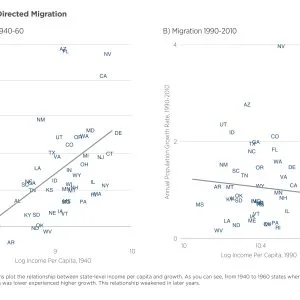- About
- Network
- Research Initiatives
- Big Data Initiative
- Chicago Experiments Initiative
- Health Economics Initiative
- Industrial Organization Initiative
- International Economics and Economic Geography Initiative
- Macroeconomic Research Initiative
- Political Economics Initiative
- Price Theory Initiative
- Public Economics Initiative
- Ronzetti Initiative for the Study of Labor Markets
- Socioeconomic Inequalities Initiative
- Research Initiatives
- Scholars
- Research
- Asylum Seekers and the Rise in HomelessnessBruce Meyer, Angela Wyse, and Douglas WilliamsNon-User Utility and Market Power: The Case of SmartphonesLeonardo Bursztyn, Rafael Jiménez-Durán, Aaron Leonard, Filip Milojević, and Christopher RothAsset EmbeddingsXavier Gabaix, Ralph Koijen, Robert J. Richmond, and Motohiro Yogo
- Insights
Videos
BFI Youtube Channel
- Events
Upcoming Events
- News











